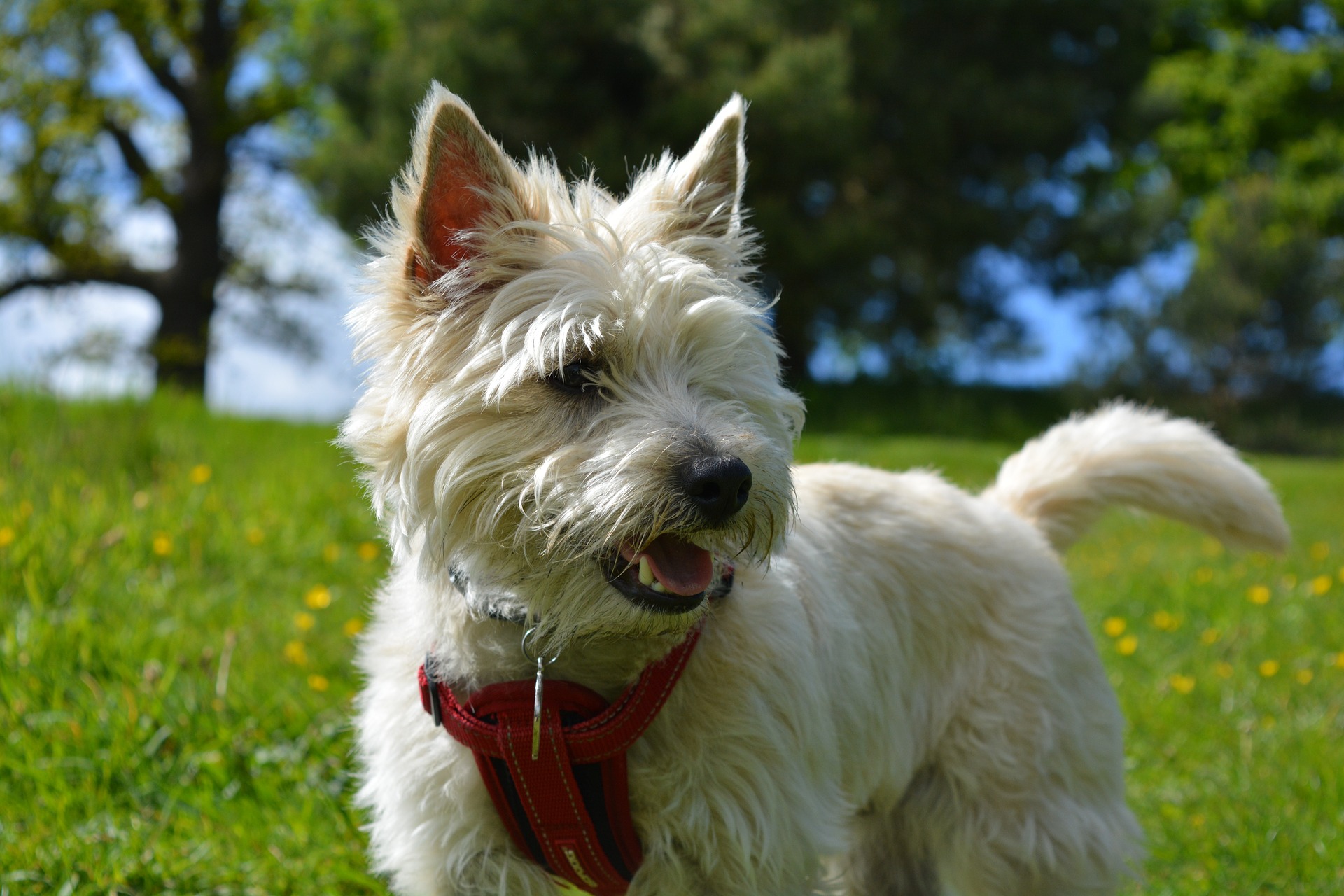
26 Jul Gingival Hyperplasia: Enlarged Gums in Dogs & Cats
Gingival hyperplasia, also known as gum overgrowth, is an oral disease that affects dogs, humans, and, to a lesser extent, cats. It manifests as overabundant gingival tissue, or enlarged gums, that creates “pseudo-pockets” between the gingiva and tooth surface. If left untreated, it often leads to periodontal disease and oral discomfort. There are a variety of causes that impact treatment options and prognosis.
What causes gingival hyperplasia in dogs & cats?
The cause of gingival hyperplasia is varied, with genetics playing an important role. It occurs in some breeds more commonly than others, such as Boxers, Dobermans, Great Danes, Labrador Retrievers and Collies. Certain medications, including cyclosporine, some anti-epileptics, and high blood pressure medications can incite gingival overgrowth, as well. Additionally, periodontal disease is an important contributing factor as gingiva can be reactive to plaque and tartar along the gum line leading to overgrowth.
Although seemingly benign, this overgrown tissue leads to an accumulation of plaque, food, hair, etc., within the formed pseudo-pockets. The material then incites inflammation, leading to a breakdown of the tissues surrounding the tooth. In chronic cases of gingival hyperplasia, the tissue can become quite prominent, and in some cases, will completely cover the teeth! The teeth may even appear to be missing when, in fact, they are just hidden under overgrown gums. This condition can also interfere with eating if the overgrowth is quite substantial and the dog or cat bites the tissue while chewing food. This condition can obviously be quite painful. Halitosis, or bad breath, is also very common with gingival hyperplasia.
What are treatment options for gingival hyperplasia in dogs & cats?
Treatment for this condition involves the surgical removal of the abnormal tissue and restoring the normal gingival relationship with the tooth. This type of surgery is referred to as a gingivectomy procedure. If gingival hyperplasia is chronic, involved teeth may need to be extracted due to periodontal disease. A biopsy of the affected tissue is recommended when initially treated to determine if other abnormal cells are present. Pain medication and oral antiseptic rinses are commonly prescribed after a gingivectomy procedure.
What is the prognosis for gingival hyperplasia?
Identifying the underlying cause is an important and essential component to understanding prognosis. If the cause is breed-related, a COHAT (Comprehensive Oral Assessment, and Treatment) is recommended every 6 months to determine if repeat gingivectomy surgery is needed. If the cause is due to medication, treatment will likely need to be repeated while the patient continues to take the medication or the dosage is lowered to lessen this negative side effect. Lastly, if the cause is due to periodontal disease, the recurrence of gingival hyperplasia can be circumvented with routine anesthetized dental cleanings and daily oral home care. This will provide the best short- and long-term prognosis.
Veterinary Dentist in Colorado Springs
Gingival hyperplasia in dogs and cats is a condition that often leads to worsening of periodontal disease and oral pain if left undiagnosed and untreated. The doctors at Animal Dental Care and Oral Surgery are well experienced in successfully treating this common oral disease that inflicts many of our patients. If your dog or cat is in need of a dental exam or cleaning, visit our website to schedule an appointment at one of our three locations in Colorado Springs, Loveland or Castle Pines.
Image by Nicholas Demetriades from Pixabay (7/26/2019)

